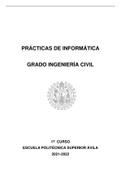Samenvatting
Summary External Relations of the European Union - Literature Summaries week 6
Summaries of the readings for European Labour and Social Security Law week 6: - P. Van Elsuwege in Wessel and Larik, Chapter 13, The EU and its Neighbours, pp.437-457
[Meer zien]













